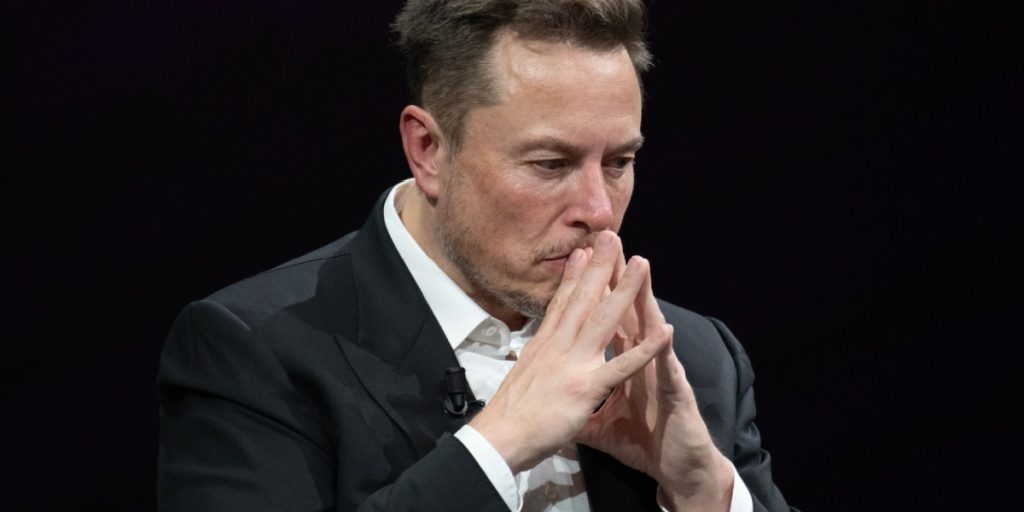Elon Musk briefly flirted with launching a third political party to challenge America’s two-party system. But he quickly ran into a wall decades in the making.
Others are reading now
Elon Musk’s brief foray into third-party politics fizzled almost as quickly as it began.
But the failure of his “America Party” reveals far more than just his political missteps. It exposes why the U.S. two-party system remains virtually unbreakable.
A Short-Lived Idea
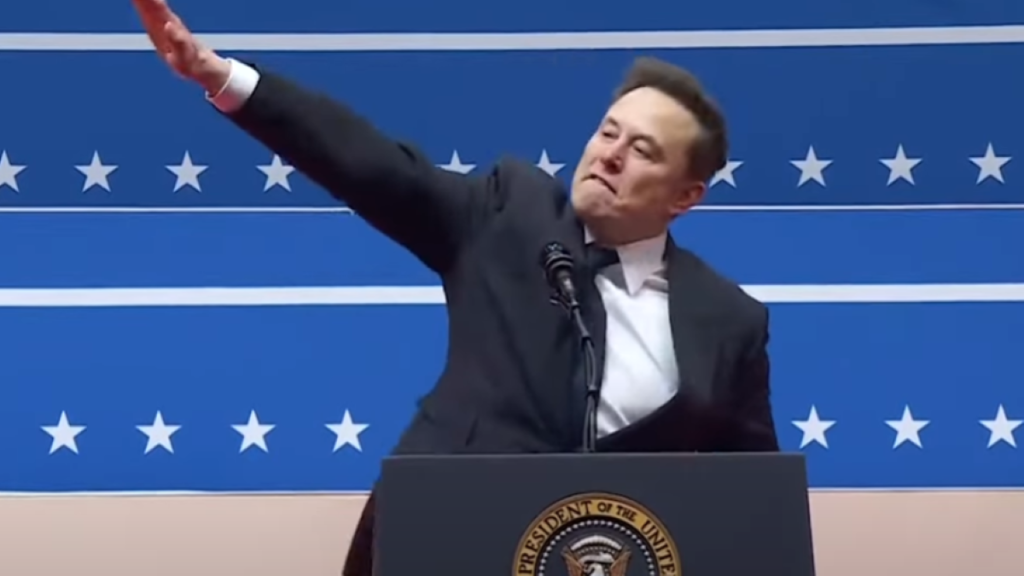
The “America Party,” Elon Musk’s would-be political movement for disaffected voters, was quietly shelved before it ever took off.
As The Wall Street Journal reported, Musk recently told allies he was stepping away from the project to refocus on his businesses.
Musk also expressed concern that he was alienating key Republican allies by potentially siphoning votes from them.
Also read
The Two-Party Problem
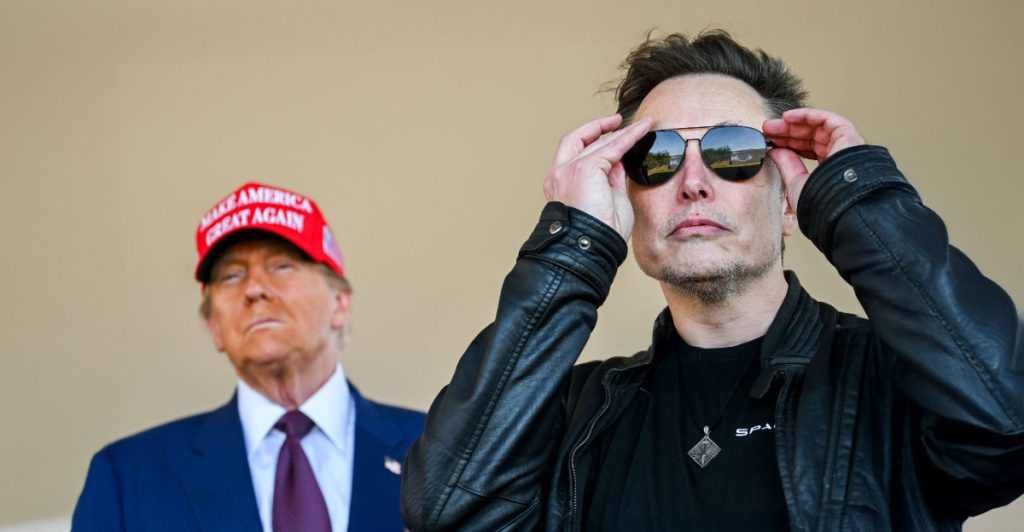
Though it was never clear how serious Musk truly was about forming a political party, his retreat highlights a truth that has frustrated outsiders for decades: third-party politics in the United States is an almost impossible uphill battle.
The Steep Wall Facing Any New Party
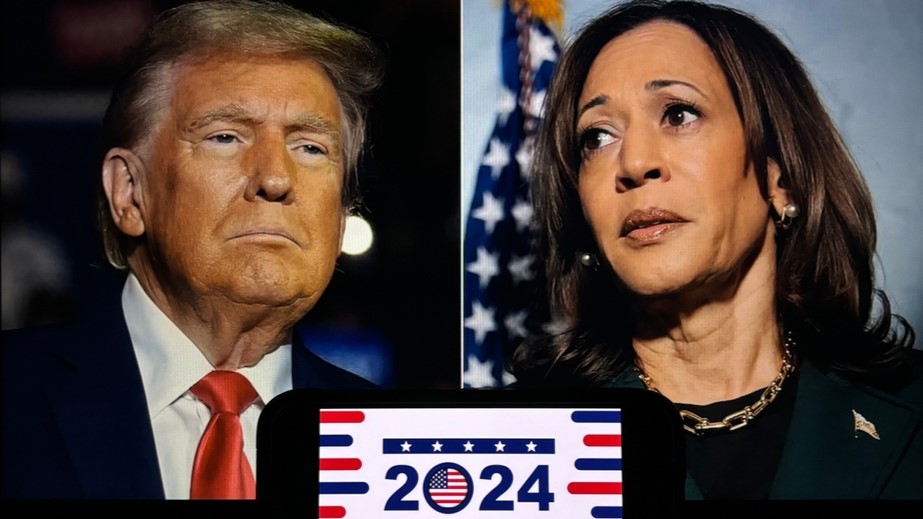
America’s two-party system, dominated by the Democrats and Republicans for over 160 years, is the longest-running political duopoly in the world.
Structurally, it’s nearly impossible for a third party to break through.
The first-past-the-post voting system and the Electoral College leave little room for compromise or shared power.
Wasted Votes

In such a zero-sum game, votes for third parties are often seen as wasted or even harmful to one’s preferred major party.
Also read
Even billionaire Ross Perot, who won almost 20% of the national vote in the 1992 presidential election, walked away with zero electoral votes.
In a proportional system, that showing could have earned his movement substantial representation. In America, it led nowhere.
Musk, for all his resources, faced the same trap.
Why It Was Doomed From the Start
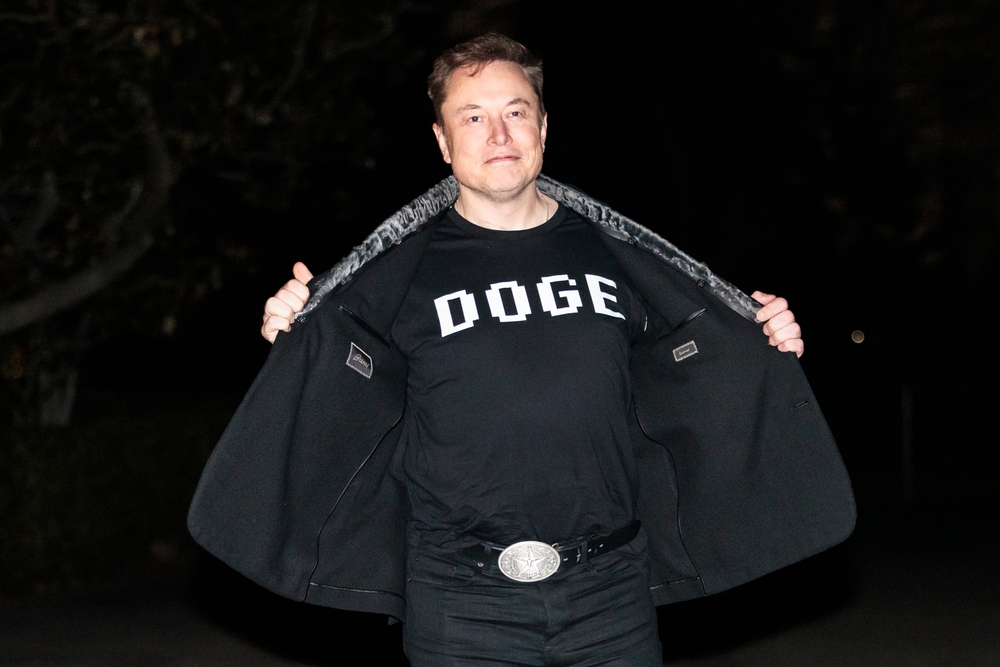
Musk positioned himself as a voice for voters disillusioned with both parties but he failed to define who those voters are.
His short-lived stint running DOGE (the Department of Government Efficiency) under Trump, based on a promise to cut trillions from federal spending, quickly turned unpopular.
Also read
Even core Republican voters balked at the threat to government programs they relied on.
Musk Misread the Room
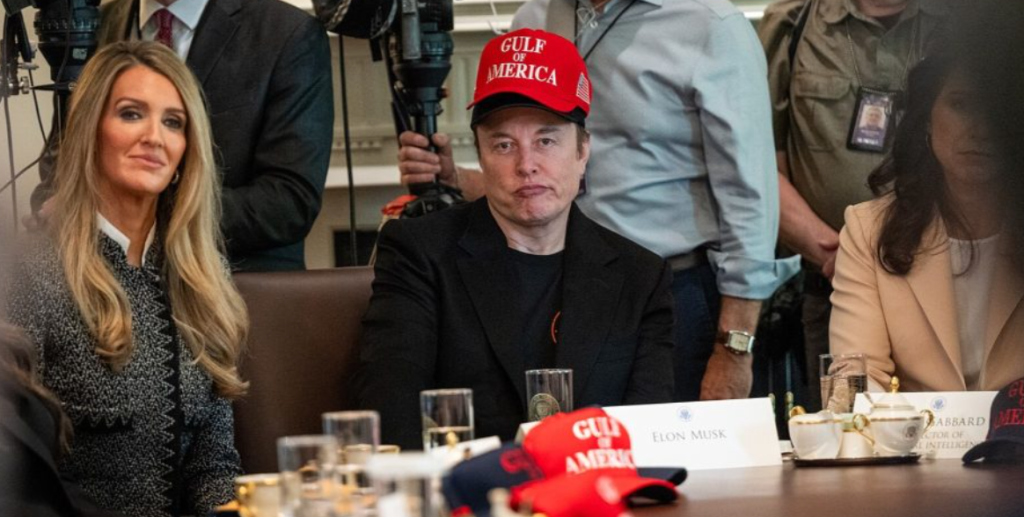
Despite his sharp turn toward the political right, Musk remains a globalist at heart—one who relies on government subsidies and favors highly skilled immigration.
That mix has little resonance with the populist base he seemed to be targeting.
One Key Defeat
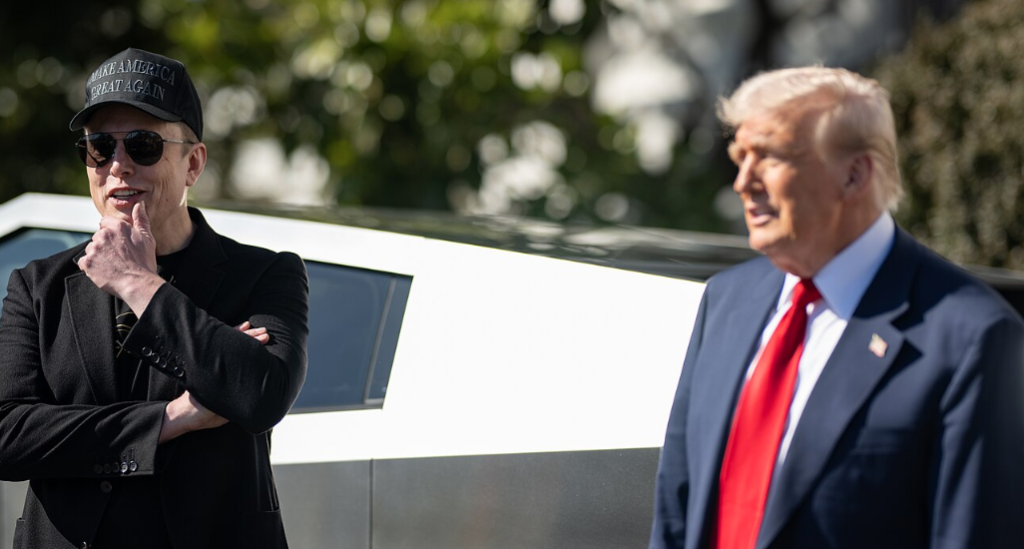
The final straw may have come in Wisconsin, where Musk poured money into a Republican Supreme Court candidate who lost badly.
The public defeat reportedly pushed Musk toward launching the America Party.
Also read
UnHerd described the move as a “pathetic attempt to console himself.”
The failure reportedly embarrassed Trump and strained what had already become a fragile alliance between two massive egos.
Structural Barriers: More Than Just Money
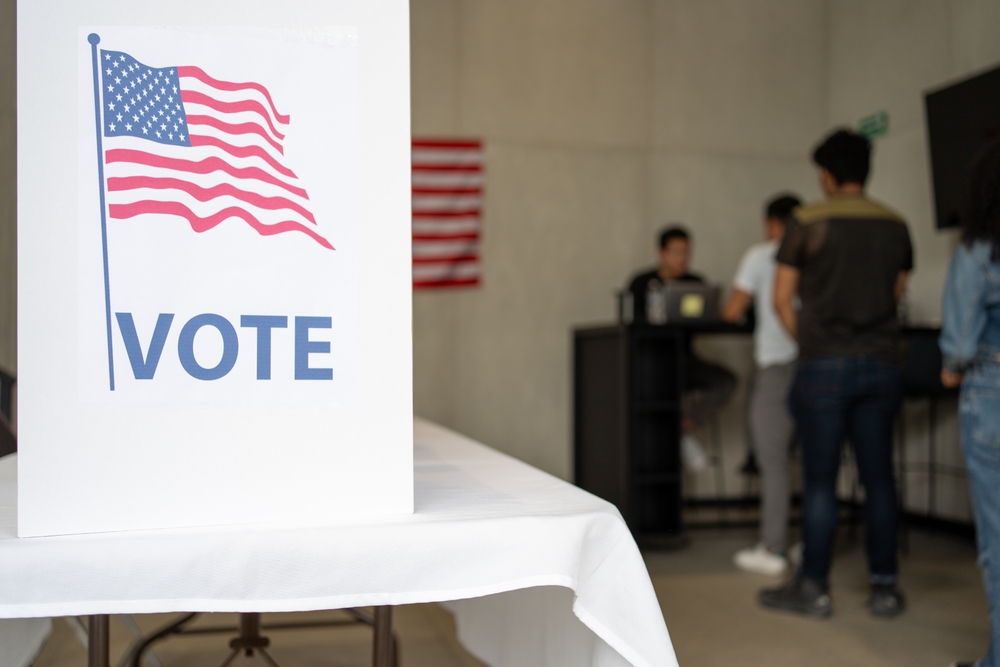
Even with unlimited funds, creating a sustainable third party in the U.S. is a logistical nightmare.
Ballot access rules differ by state and can be prohibitively complex.
In New York, for example, the Green Party no longer has a ballot line, and in 2024, no third-party presidential candidates were listed on the state’s ballot at all—only Trump and Kamala Harris.
Also read
Even the Left and Right Adapt to Outsiders
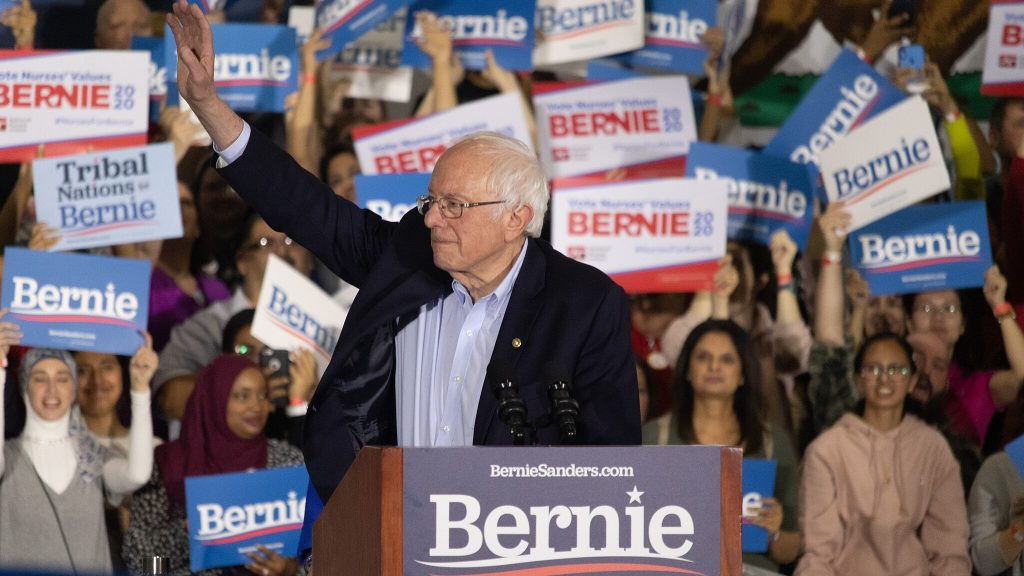
The two major parties are not just powerful—they’re adaptable.
Trump hijacked the Republican Party in 2016, not by destroying it, but by bending it to his image.
Bernie Sanders, despite never officially joining the Democratic Party, used its primary system to promote his progressive agenda, indirectly boosting the Democratic Socialists of America without ever running outside the party structure.
What Would a Real Third Party Need?
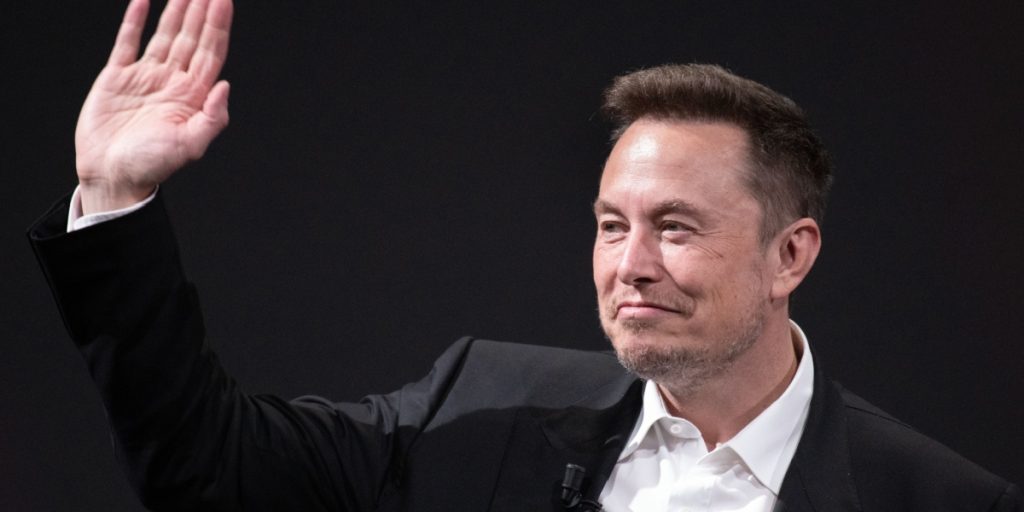
To succeed, a third party in America must appeal to voters who are truly underserved by both Democrats and Republicans.
The likeliest candidate would be a socially moderate, economically populist voter. Someone who favors stronger worker protections and corporate regulation (a la Sanders), but holds more conservative or traditional views on culture, immigration, or law enforcement.
Also read
Trump’s Republicans may have overreached on immigration, alienating voters who want secure borders but also a humane, functional path to legal status.
A viable third party could own this middle ground, but only if it’s clearly defined and clearly distinct from both major parties.
The Case of Dan Osborn
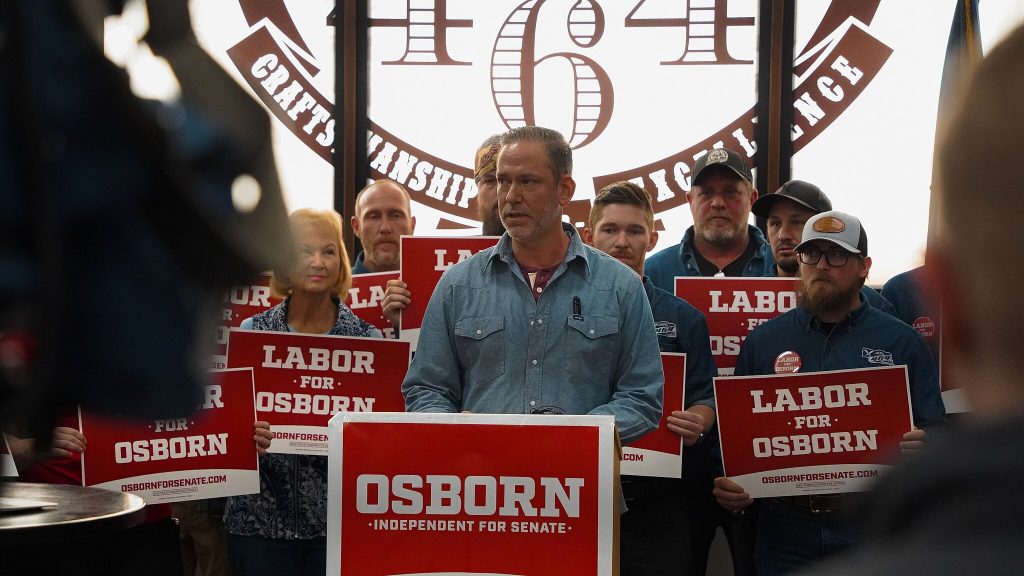
UnHerd points to Dan Osborn, a former union organizer now running as an independent for Senate in Nebraska, as a rare example of a candidate who embodies that middle space.
Osborn is anti-corporate, pro-gun rights, skeptical of immigration, and unaligned with either major party. He may even win.
But Osborn isn’t building a national movement, and he doesn’t lead a party.
Also read
Musk, by contrast, had the money and the platform to support dozens of Osborn-like candidates—but not the political discipline or long-term vision to make it happen.

